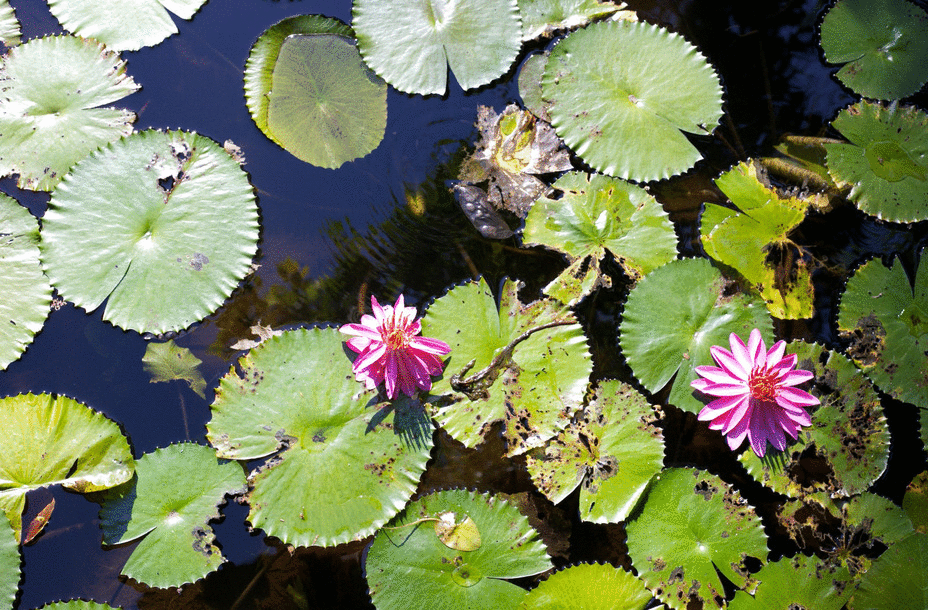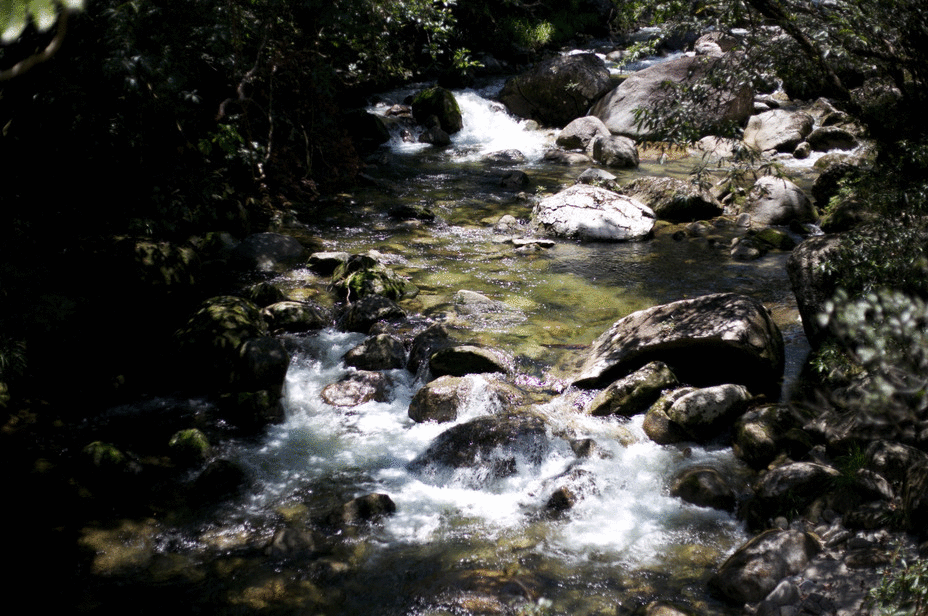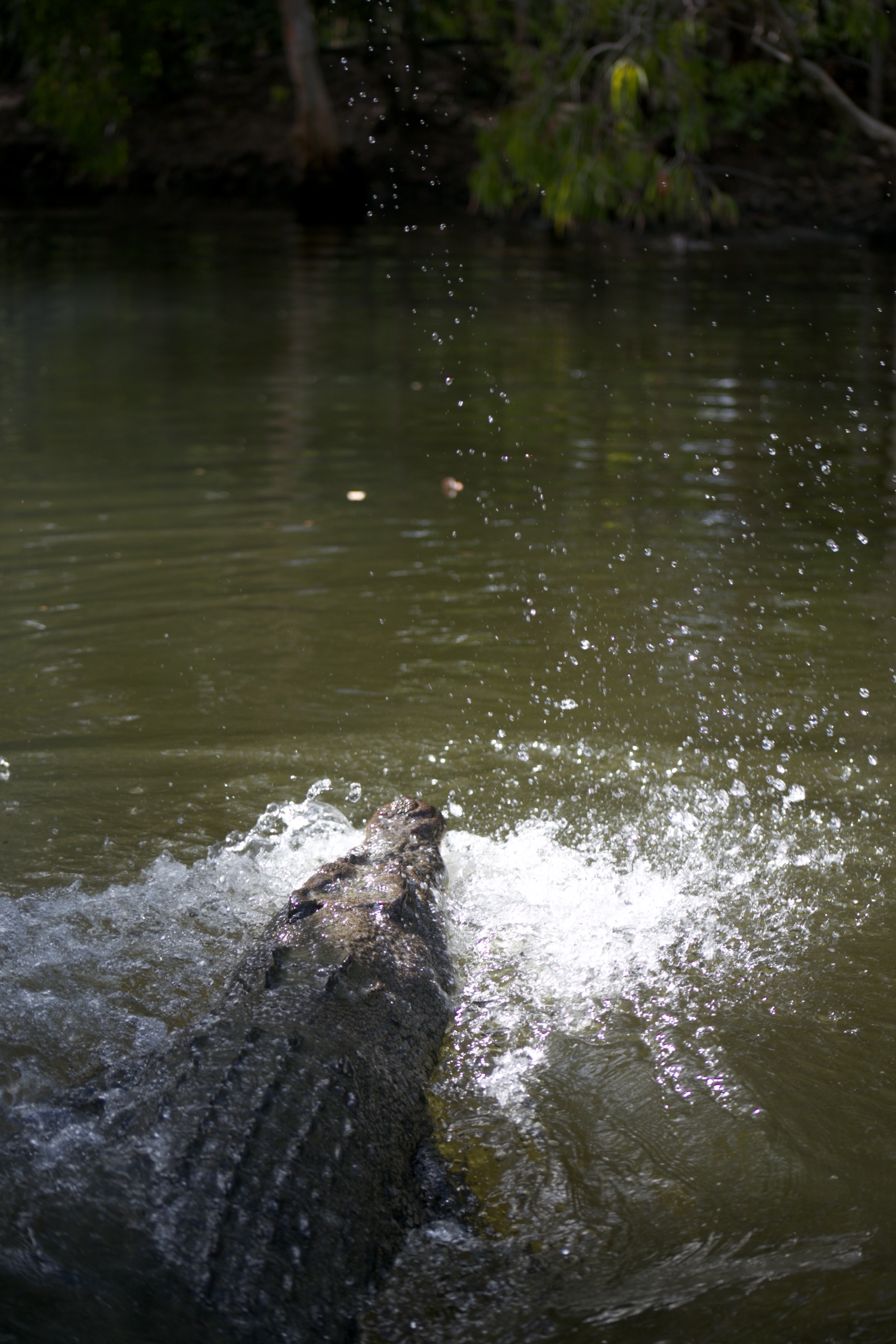GARDEN
OR,
SEEING THE WOOD FOR THE TREES
To see a rainforest we must look at it as a whole composed of many different parts. The trees provide the rainforest with a strong skeleton, in amongst them is the living system. Clinging ferns, vines, fruit, birds, insects, bees, running and still waters. It is a complex web of symbiotic relationships in there. Each Booyong tree can support over 759 species of insect life, alone. Imagine all that life... Garrulous, chattering.
The rainforest is a garden of another kind. Spring arrives, not in the form of new tulips, but in the blooming of things evergreen, in new birdsong and in pendulous nests formed from moss, hanging by threads to branches.
The gardeners are there too - birds and bats that carry the seeds of the trees to new places, to continue the cycles of rebirth and sweet smelling leaf litter decay. Here is just one example of a symbiotic relationship:
The meaning of rainforest tree fruit...
- to birds = nourishment.
- to trees = a bribe, and a chance for the future tucked away inside, in the form of a seed.
This relationship has existed for around 90 million years. Enter the forest today and you might spot a Wompoo dove, with its brightly coloured plumage, great bearer of seeds along distances, whose gizzards are not harsh and leave the trees precious cargo intact. Their calls are haunting - a deep 'wollock-a-woo'. You may also find the giant Cassowary, a lover of large fruits, one who cannot fly but walks these seeds over the forest floor till they are deposited in some distant place.
These rainforest seeds must be resilient too. Unlike their meadow thriving neighbours, which are small puffs carried by the wind, rainforest seeds are often large, packing in them all the nutrients needed for growth on a dark forest floor, where leaf litter obstructs the reach of roots.
The trees need the birds and the birds need the trees. With the decline of native animal dispersers - those birds, bats, and mammals that have always transported seeds - comes the decline of the forest itself, through eventual inbreeding and extinction. On the other hand, if we are to continue clearing the forest, then the birds will lose their source of food and shelter, will begin to decline in numbers. This is the undoing of a garden so beautiful and so complex we might never replicate its creation.
&
CATHEDRAL
It was dark in there. The noise was incredible, almost deafening, layers and layers of chirruping, calling, croaking, chattering, twittering. They say frogs can only hear the call of their own species. I am not so precise, but I am lucky - I can hear many things at once, or focus down on one noise at a time. The simple act of listening has always played out an expansive affect on my being - bringing my awareness ever outwards to the boundaries of my hearing.
Imagine a cathedral. Towering heights, spires, beautiful down to the details. Inside are the sacred texts, and the treasures - gold cups and the like. A cathedral provides a place of worship, and its form aids the worshipper in the act of lifting the mind to higher matters - helping them to commune with the divine and to remember why we are here in the first place.
The rainforests of Australia are like dark green beating hearts in a fiery landscape, or like chests full of treasures: inside is held all the knowledge and experience of the world - of fruits and seeds, roots and nuts and berries; of swimming, climbing, rock hopping, in and out of body realisations, touch of bark, smells, sounds, a language to read for those who are literate; of systems older than our present world age, of birds, insects, large growth trees, mud and clay, creeks and waters, boulders tumbled downstream, of the formation of things and ephemeral things - a million swathes of butterflies; of the original dance and music, of medicines old (and new) - as so many medicines have been developed from the plants therein; of stories, beginnings and endings.
The energy of the forest tells us of things littler and bigger than ourselves - it teaches us humility. Because we sit on a level in-between; at 1 and a half meters high, we can know the details of things - ants crawling on a bough, or the apparition of new growth beside a fallen log. But we might never know what the forest looks like from a taller perspective, nor a longer one.
I imagined trying to live in the rainforest, and realised I would be a baby in this world - new to all things. In contrast are the elders, the Kuku Yalanji and the Djabugai, peoples who continue to live amongst the trees.
With so much mystery, knowledge and wisdom, the rainforest is like a living sacred text - a kind of temple to life itself. I worship at this temple, and in return the trees will recycle my breath into oxygen so I might go on living.
LAYERS OF LIFE
the emergent layer
tallest light seekers, home to birds, insects and butterflies.
the canopy
the roof of the forest
spreading above the darkness below
here are the
vines, fruit, flowers,
birds,
and small
animals.
the
understory
is dark
inhabited
by ferns
clinging things,
burrowing
nesting
insects
bees
beetles
the forest floor - shaded, dappled muddy, strewn with leaves, walked by larger birds and mammals searching for grubs, and by the people who have always looked upwards from the roots of things.
roots roots roots.
Sun Light
|
|
|
Plants
|
|
|
Insects, Herbivores
& primary consumers
|
|
|
Predators
& secondary consumers
|
|
|
Decomposers














